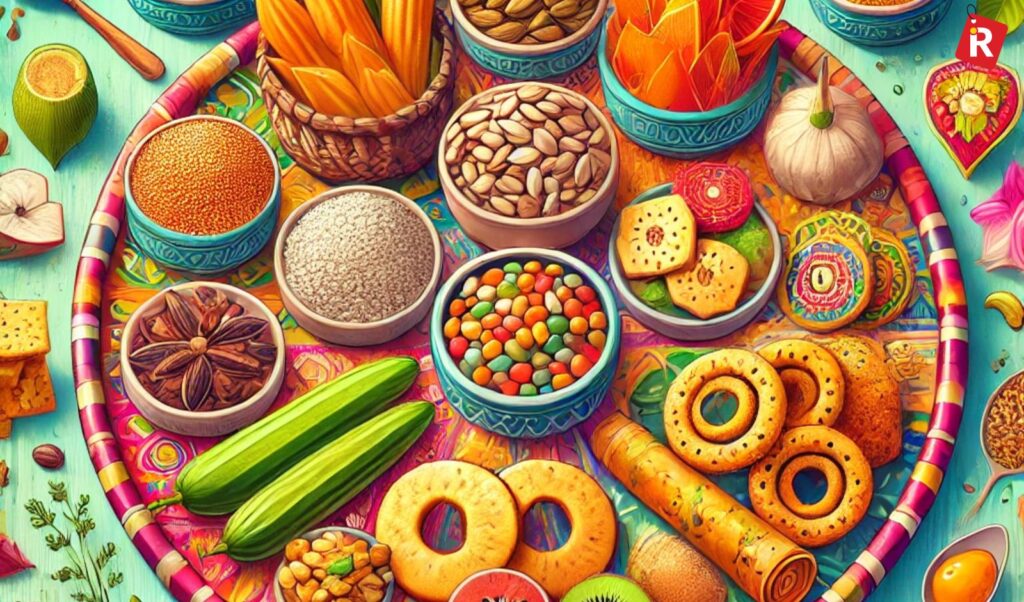Iconic Ads: Lifebuoy – Tandurusti Ki Suraksha

Alyque Padamsee recommended the use of the health appeal and reinforce it with “washes away germs and dirt and leaves you with that healthy feeling of freshness”.
The British Lifebuoy came to India in 1895 (the 1st container with soaps landed in Bombay). And for a very long time, it ran with its old proposition ‘Washing away germs to keep you protected & healthy’
Lifebuoy has been associated with a big, red, chunky bar of carbolic acid soap that keeps a person healthy.
The name comes from the Lifebuoy that is thrown at people at sea to keep them from drowning. This means that the brand saves lives.
Levers used the body odour platform to market Lifebuoy nearly all over the world in the late 1950s and 1960s. And Levers was pressurizing Lintas to adopt the same positioning in India.
However, according to Alyque Padamsee, body odour was not a problem in India. The Levers team replied that it was not an issue in the West as well. And they raised people’s consciousness of the issue.
Alyque retorted, ” Yes, but in Europe, you live in closed apartments and offices. You become more aware of other people’s body odour in the winter, especially.”
When it is cold, people bathe less often. People in tropical climates spend much of their time with their windows open and a lot of fresh air coming in. Furthermore, in India, strong odours are more acceptable because all of the food is pungent.
Alyque added “As a result, I don’t believe the body odour angle will work in India. I believe that the old but now unused health appeal of Lifebuoy will appeal to the Indian customer, and we can reinforce it with a line “ washes away germs and dirt and leaves you with that healthy feeling of freshness”.
In 1964, the Hindi copywriter Shanti Narayan coined the catchy jingle ‘Tandurusti ki raksha karta hai Lifebuoy, Lifebuoy hai jahan tandurusti hai wahan’ (Lifebuoy protects health, wherever there is Lifebuoy, there is health) which promised health & hygiene to consumers.
Alyque was the films head at the time, and he created the long-running Lifebuoy commercials featuring sports like hockey, football, or kabaddi with Shanti Narayan, in which the main person falls to the ground and is subsequently seen taking a healthy bath with Lifebuoy, which washes away the germs and dirt. They chose a jingle that kept repeating the words “Tandurusti ki…..” instead of a monotonous voice-over commentary.
Brij Bhushan, the well-known Hindi voice-over artist, created the score. The noted Ghazal singer Jagjit Singh sang the original jingle.
For almost 40 years, the same melody was played with different orchestrations.
Sports was used as a metaphor, a universal symbol of good health. The use of sports means good cleaning for customers who come into contact with dirt & mud. Back then, sporty macho men were used. Lifebuoy’s promise is, “You will stay healthy if you use Lifebuoy. You can play hockey/football well.
Lifebuoy has been the flagbearer of ‘Tandurusti Ki Raksha’ of every Indian ever since
Now, from a men’s brand, it has moved to a family one



